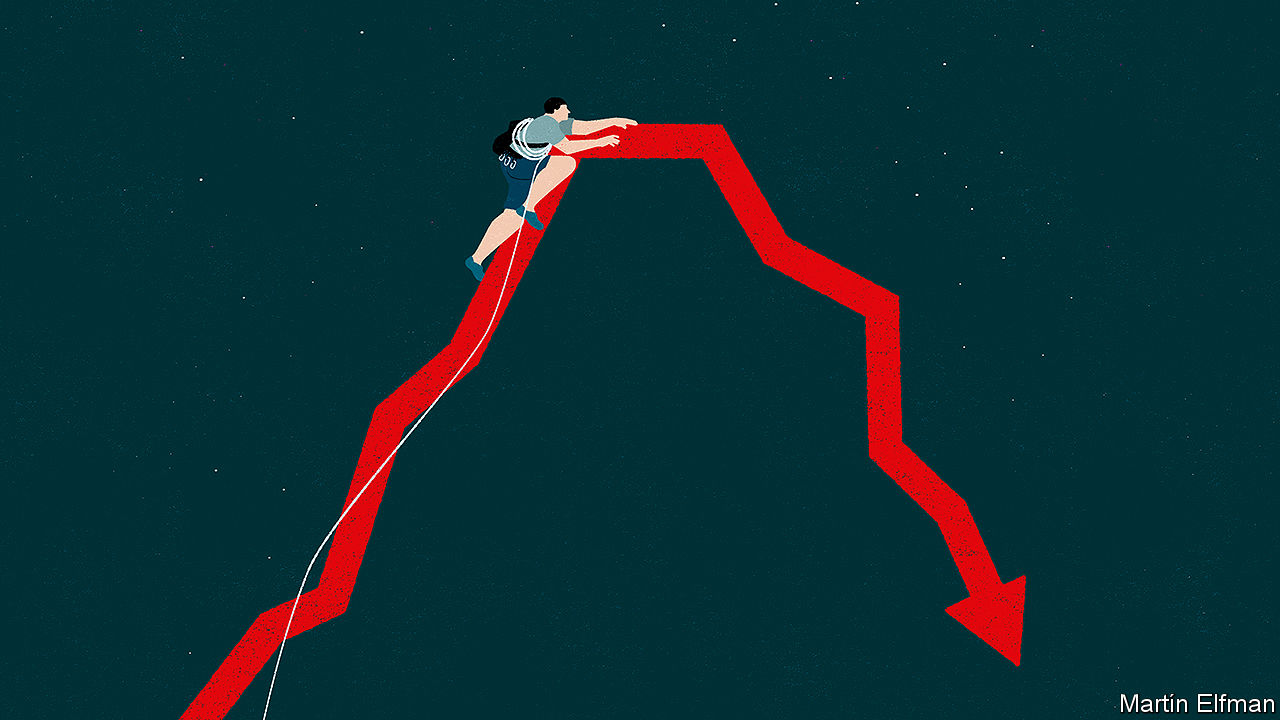"The world is almost surely headed for a deep recession," is what Raghuram Rajan, former RBI Governor and Director of the IMF, had to say about the 2020 economic crisis on its way in April this year but what exactly is an economic recession?

The National Bureau of Economic Research defines it as "a significant decline in economic activity spread across the economy, lasting more than a few months, normally visible in real GDP, real income, employment, industrial production, and wholesale-retail." In this article, we shall look into two of the most famous cases of economic downturns-The Great Depression of 1929 and The Great Recession of 2008-and compare it to the current global recession due to the COVID-19 pandemic. While they have different reasons for taking place, we can always learn valuable lessons by exploring their causes and effects.
Both the 1929 and the 2008 economic downturns were due to the unsustainable nature of the business activities from the expansion of markets, while the recession we are experiencing now in 2020, is due to an external, natural factor causing rapid fluctuations in the inflation and interest rates prevalent in the market.
Emerging victorious from WWI in 1918 with a booming economy, the United States of America was socio-economically stable, minting more money than ever. With troops back from war, more jobs available in the market, and more women joining the workforce, the average American now had more money to spend. Lenient lending from the banks also contributed to increasing the purchasing power of the people. Naturally, being one of the most profitable practices of the time, the Stock Market emerged as an American's favorite place to pour in and risk their life- savings to try and earn even more.
However, by the end of the 1920s, the stock prices shot up so fast that companies found it difficult to justify their stock prices. With production slowing down and sales reducing, the companies realized that they might have overestimated their growth. Furthermore, wages fell and interest rates on the loans taken by the general public, to invest in the stock market, began to rise. Within four days, from Black Thursday, Oct 24th to Black Tuesday, Oct 29th, 1929, the stock market collapsed, losing $14 Billion in a single day. Some stocks became worthless, erasing large chunks of America's wealth, debt-crushing those who had borrowed from banks to invest. Unemployment skyrocketed, peaking at the highest-ever level of 24.9%, owing to the shut down of banks and companies. It was not till the creation of the 3rd Reich in Nazi Germany and the beginning of WWII that the economy was able to get back on track, with the war creating jobs for the people-ironically ending one tragedy with the start of another.
As time progressed, the economy seemed to be on the right track, with high growth rates, low unemployment, and inflation rates, and even lower interest rates. With an increase in the flow of cash, people sought a better living standard and this time around, the housing prices shot up. There was another boom and extensive lending took place, some even without any checks on those who availed them. The borrowers started investing their loans on risky ventures, as they felt secure about the economy. The practice of issuing subprime mortgages-meaning, providing loans to those with poor credit scores, who hence may not be able to repay them-proved fatal. As Marc-Olivier Strauss-Kahn put it, "subprime loans were granted to Americans with 'Neither Income Nor Jobs & Assets' (NINJA) until 2007."
The sale of complex mortgage-based securities (MBS) also added to the issue (MBSs consisted of thousands of individual mortgage loans of varying quality). When housing prices fell sharply, this proved shocking to both investors and lenders, as people had suddenly lost their ability to repay the loans that they took. Moreover, millions lost their homes to foreclosure.
The ignorance and uncertainty of risk among them had caused the global banking system to almost collapse when European banks had invested in the US housing markets and lost billions due to the crisis. Specifically, it was the collapse of the Wall Street Investment Firm, Lehman Brothers, who reported a loss of $3.9 Billion in a day, on September 10, 2008, and the decision of the US government to not bail it out, that added to the burden. All in all, the US economy suffered a loss of $9.8 trillion! Unemployment plummeted, reaching 10% in 2009. The GFC (Global Financial Crisis) lost the global economy around $2 Trillion, and set its growth back by 4%. The Dow Jones Industrial Average Index dropped by 777.68% on September 29, 2008! While the S&P Index fell by 20%, it lost approximately 50% of its value. It was a global financial disaster, which led to unbearable losses to many, but as times passed, things started to get better, recovering gradually.
Now, twelve years post the crisis, the economy, which was still recovering from the GFC, has been hit by the economic slowdown. When stated that 2008 was mainly a housing crisis, it is not untrue but incomplete. It was primarily an endogenous risk, while the current pandemic stems out of an exogenous risk. Though it has led to a market downfall, it did not occur as a result of market risks like 2008, but prominently due to the shutdown of businesses, trade, and governments. The S&P 500 index fell by around 12-20% during these times.
These times have often led to the improvement of fiscal policy, mostly out of need. But, they also influence the way that consumers and investors behave in the market. While we're not so sure about when things will get better, as countries have started reopening their economies step-by-step, and production-consumption patterns are changing, there is still a long way to go.